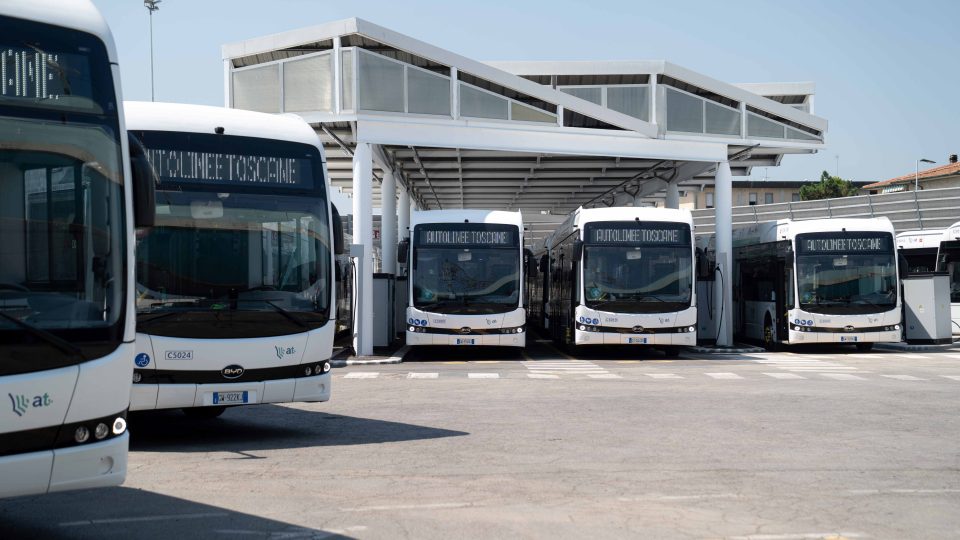TransLink travels fast toward zero emissions goal: over 400 new battery-electric buses in service by 2030
TransLink is adopting a climate action strategy that charts an aggressive path to net zero greenhouse gas emissions. This strategy provides new emissions reduction targets for all of TransLink’s fleet and facilities; it also identifies opportunities to create a more climate resilient transit system that can best address the effects of climate change on infrastructure […]

TransLink is adopting a climate action strategy that charts an aggressive path to net zero greenhouse gas emissions. This strategy provides new emissions reduction targets for all of TransLink’s fleet and facilities; it also identifies opportunities to create a more climate resilient transit system that can best address the effects of climate change on infrastructure and ensure user safety and comfort during extreme weather conditions.
This strategy applies to the entire fleet of more than 2,000 transit vehicles, over 400 service vehicles, and operations at over 200 facilities such as stations, terminals, transit hubs, parking lots, transit centers, maintenance centers, and administrative offices.
The climate action strategy sets ambitious new goals for TransLink and its operating companies, including: net zero GHGs by 2050; zero emissions from our bus fleet by 2040; 45 per cent reduction of GHGs by 2030 (over 2010 levels); to create a more resilient system that can better withstand climate impacts, that also keeps customers safe and comfortable in extreme weather.
On-road transportation, including personal, commercial, industrial, and public transit vehicles, is the largest single source of GHGs in the region, accounting for 35% of all emissions. Although TransLink’s GHGs account for only 2.7 percent of these emissions, there is a desire to accelerate action to ensure that the transportation system does not adversely contribute to Vancouver’s climate change.
«The climate emergency is one of the most difficult challenges in human history, and we are seeing the devastating impacts of extreme weather in our region first-hand», says TransLink CEO Kevin Quinn, who ads: «With an all-electric SkyTrain system, a large fleet of electric trolleybuses and growing fleet of battery electric buses, transit is already one of the most sustainable ways to travel in Metro Vancouver. That said, businesses and individuals have a collective responsibility to do everything we can to address the climate emergency. This strategy will eliminate our carbon footprint and lead to a cleaner and greener future for generations».
This strategy will help TransLink meet or exceed recommendations from the United Nations’ International Panel on Climate Change (IPCC), Metro Vancouver’s current regional targets, targets set by the federal government, and provincial targets outlined in CleanBC.
«Increasing access to reliable, comfortable and energy efficient public transportation is one of the best ways to drive down pollution and strengthen communities» says George Heyman, B.C. Minister of Environment and Climate Change Strategy. «TransLink’s plan, supporting actions and improved services will make a positive contribution to B.C.’s CleanBC Roadmap to 2030, and are key to meeting our climate goals», he continues.
TransLink’s next steps include releasing a Climate Action Plan which will contain specific details on how we will achieve the goals set out in the Climate Action Strategy. That plan is projected to be released later this year and will complement Transport 2050.
Other key objectives in the Climate Action Strategy include: over 400 new battery-electric buses in service by 2030; the first zero emission fully electric SeaBus in service by 2030; equipping 100 per cent of our bus fleet with air conditioning by 2028; building and operating a new transit centre in the Marpole area of Vancouver that will house over 300 battery-electric buses by 2027; using only renewable natural gas in our compressed natural gas fleet by 2024.









